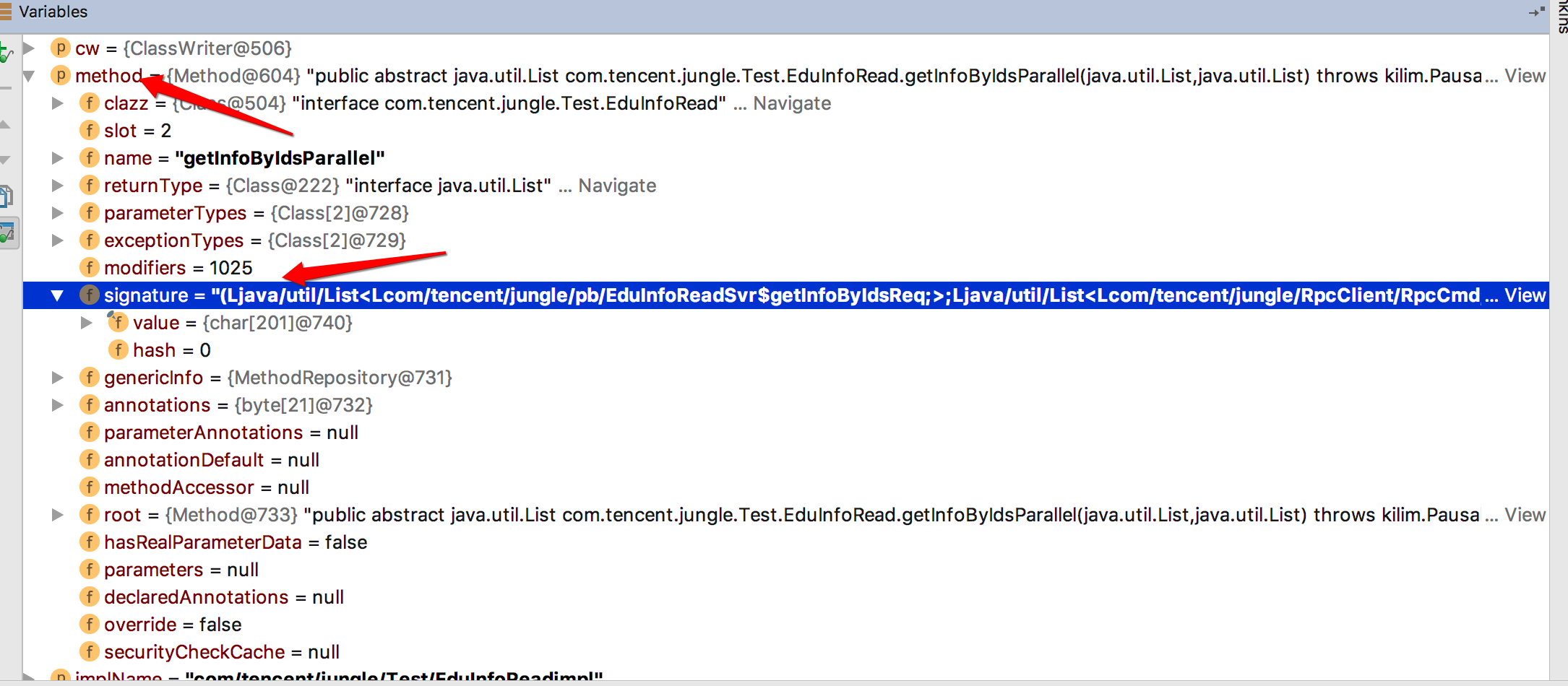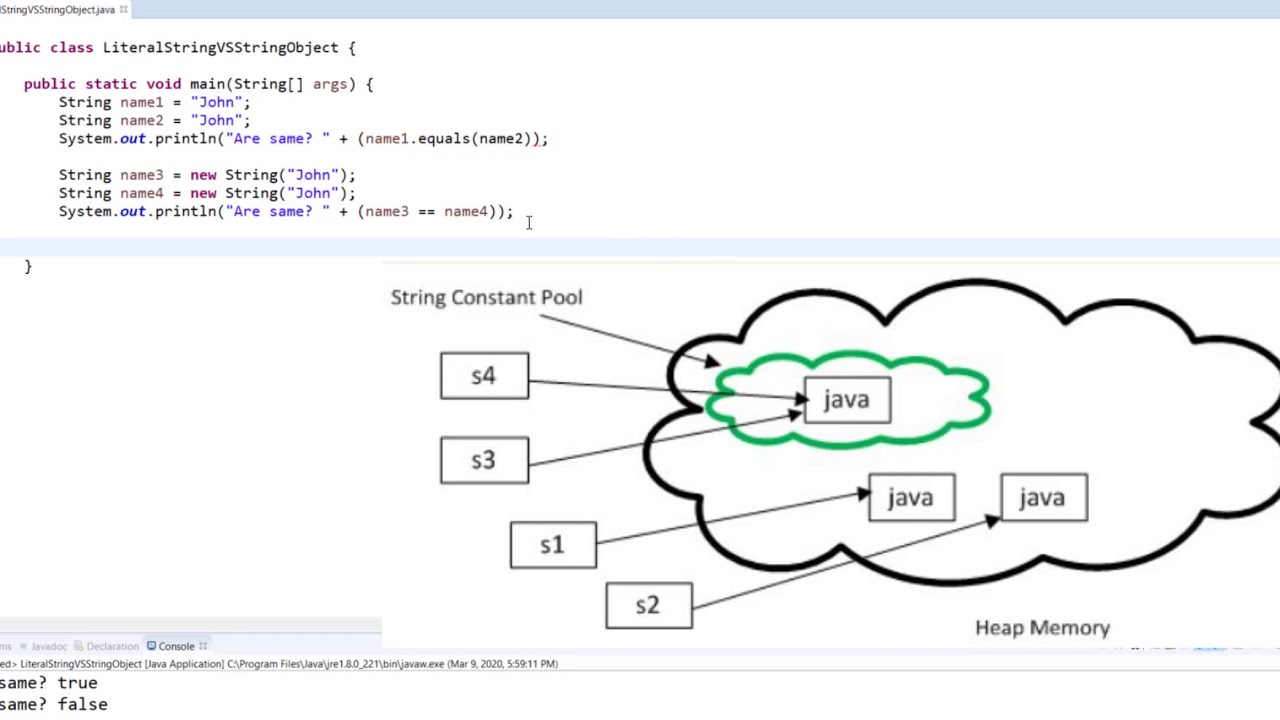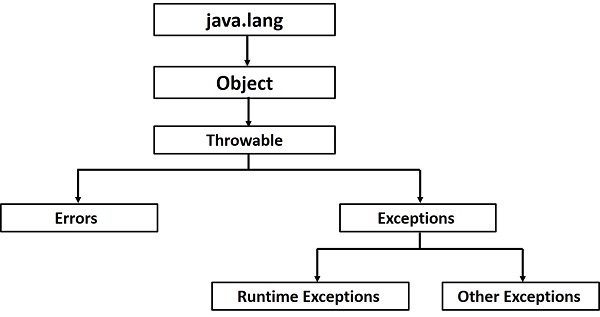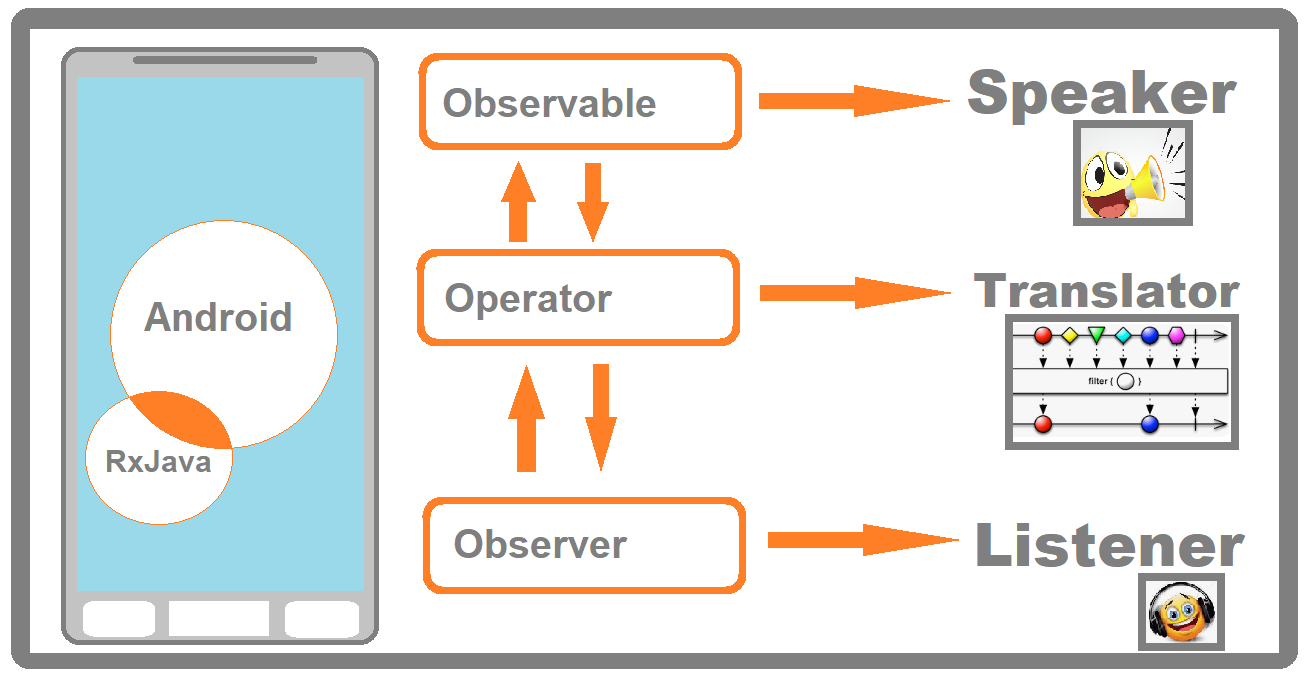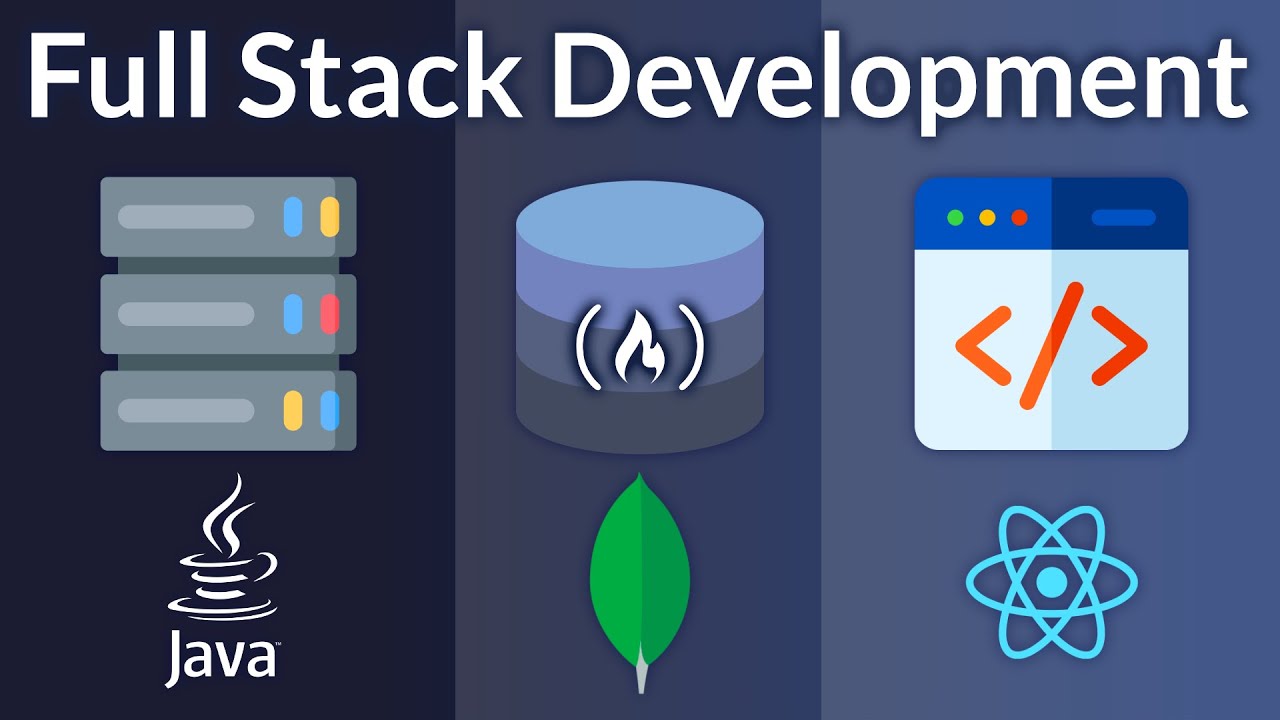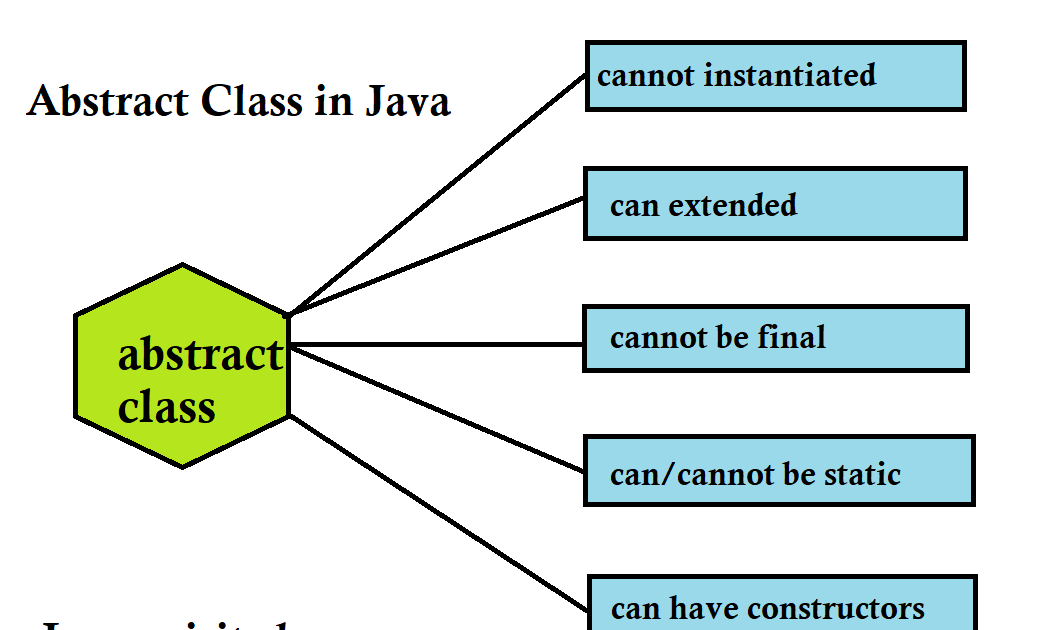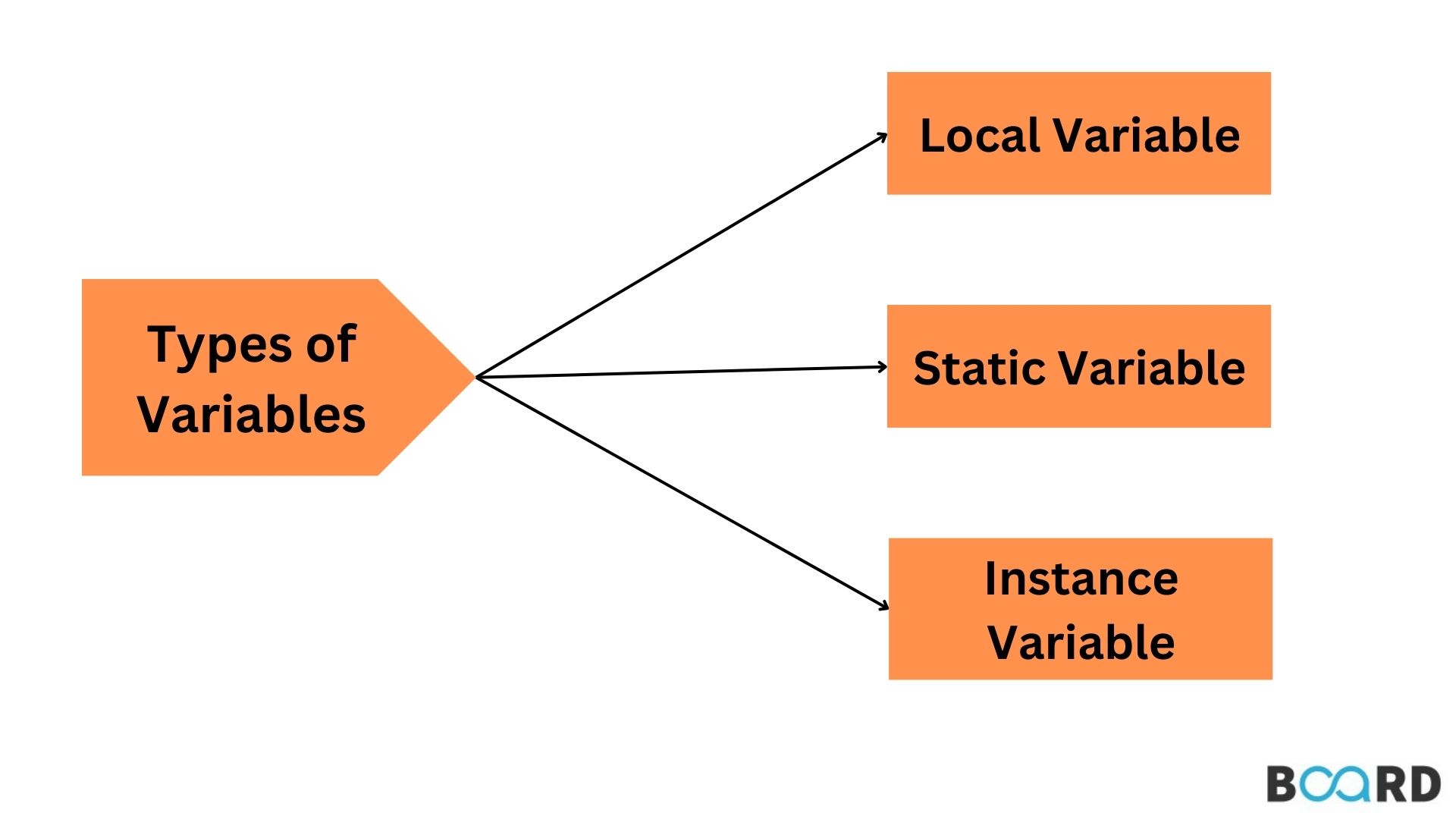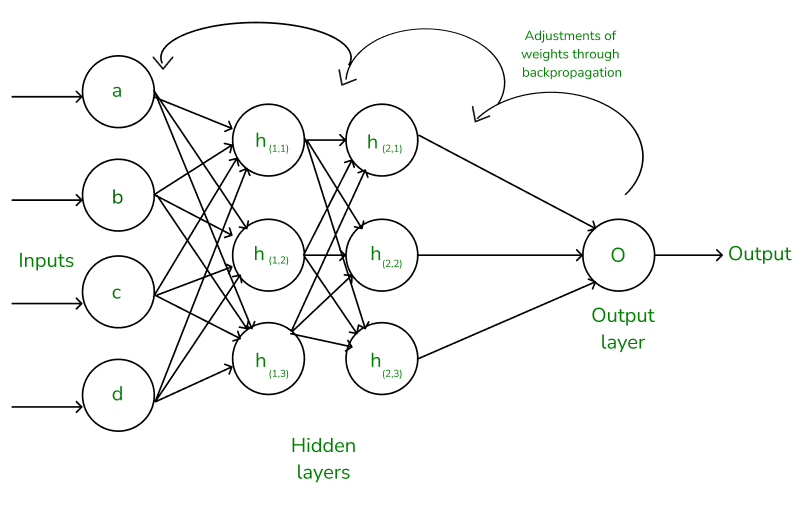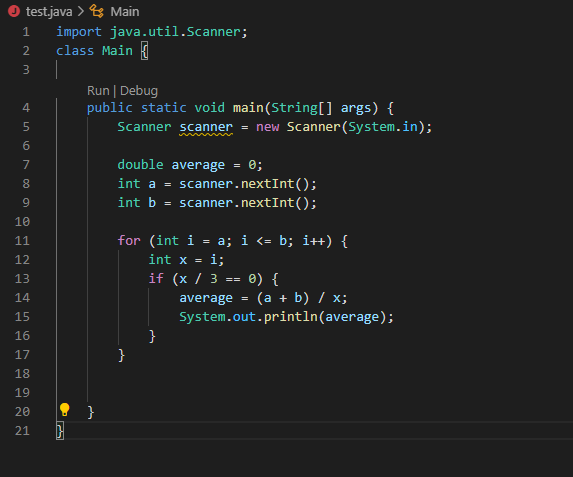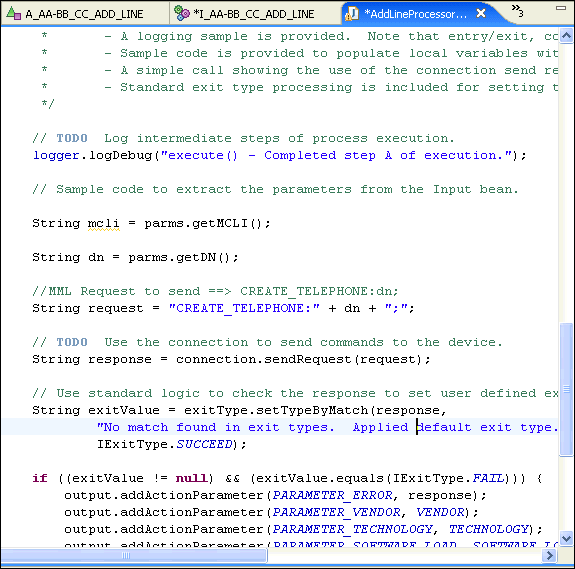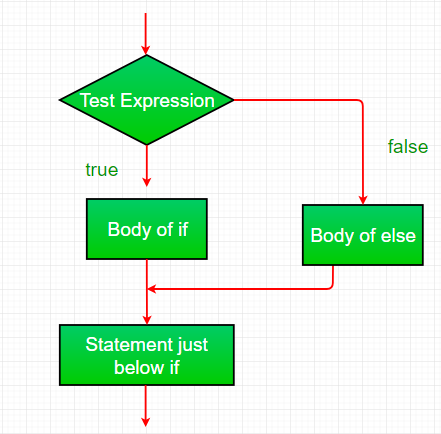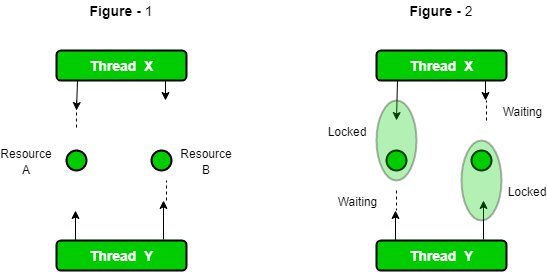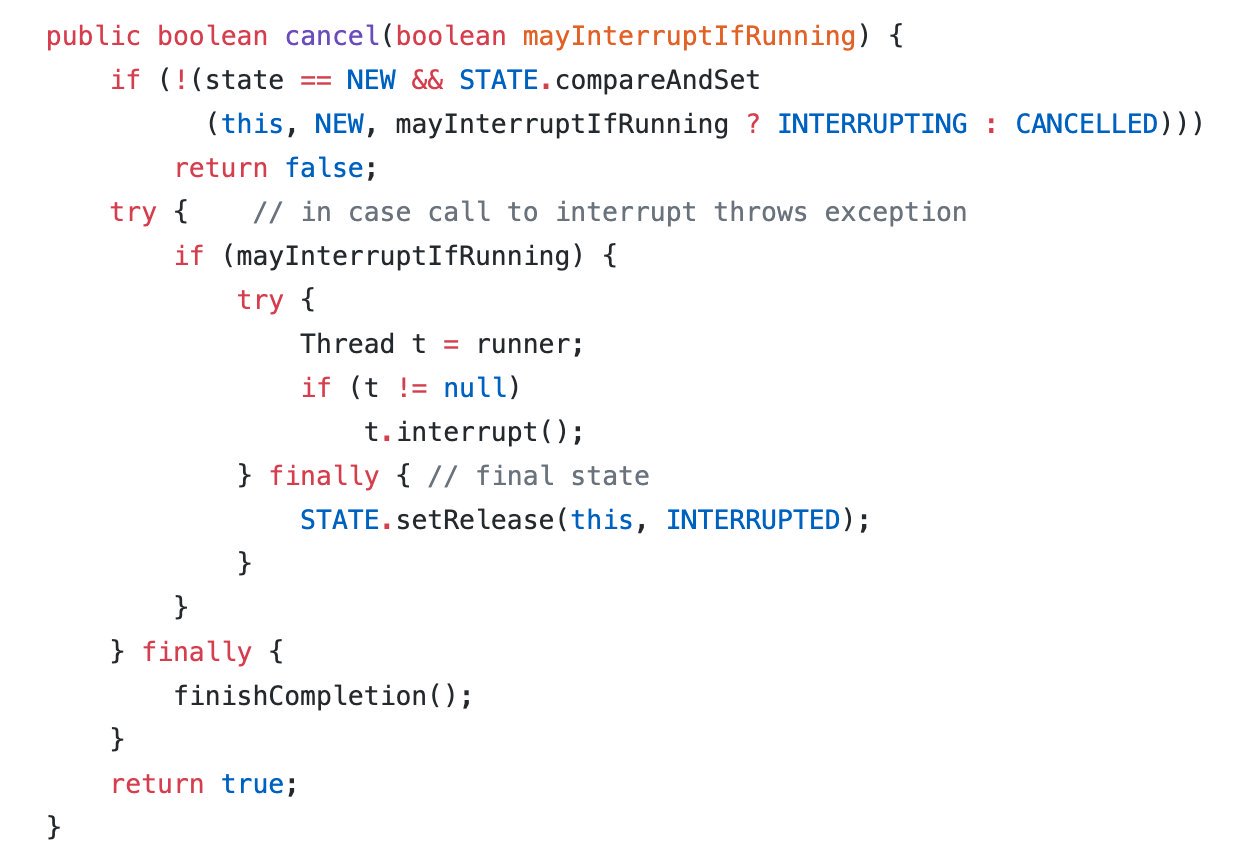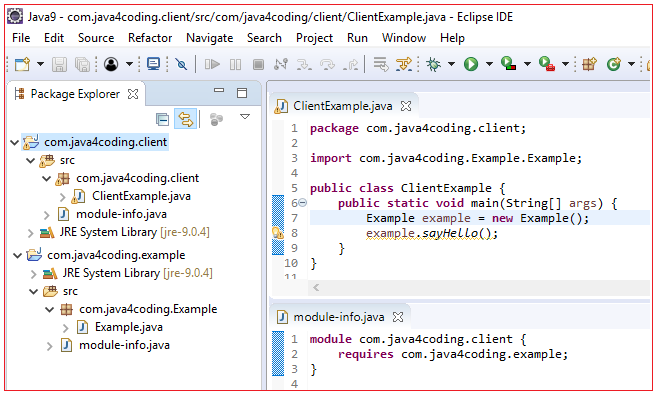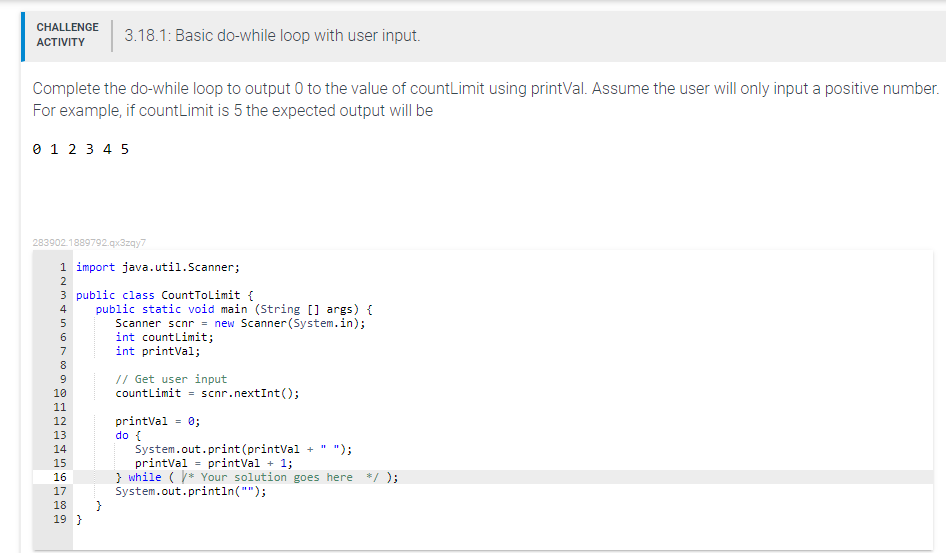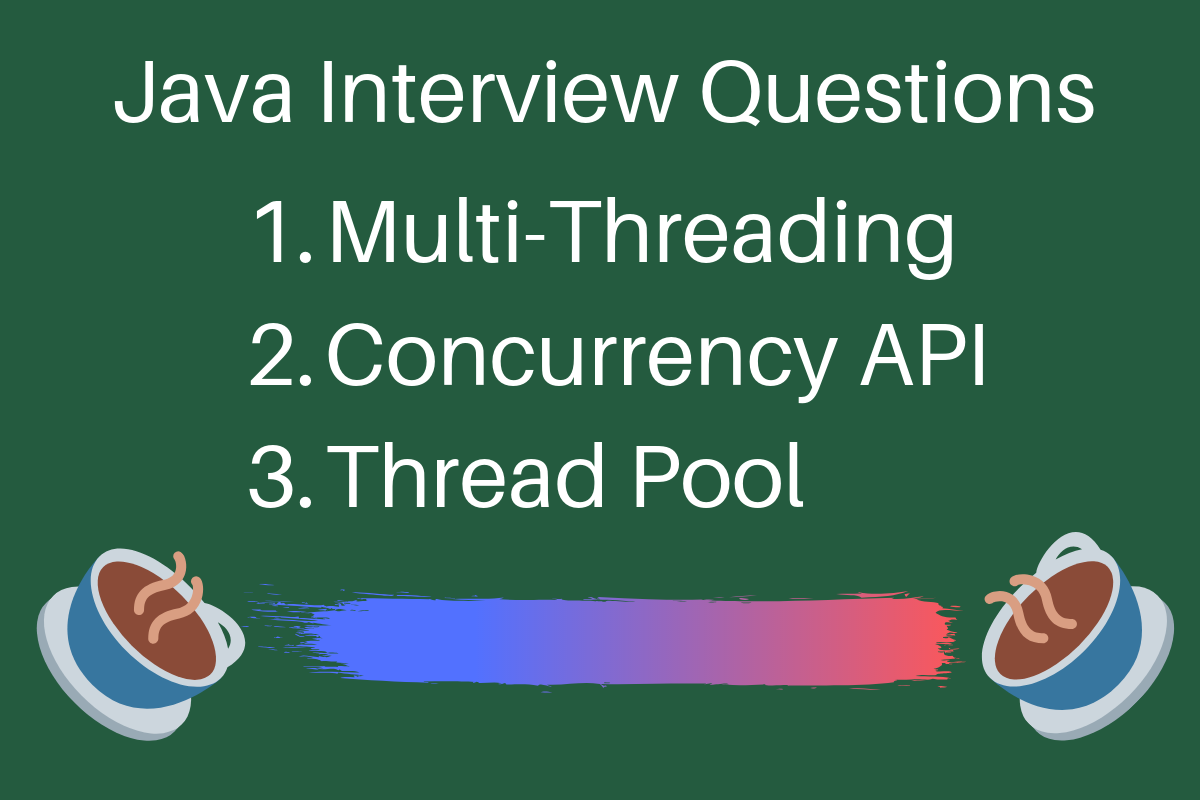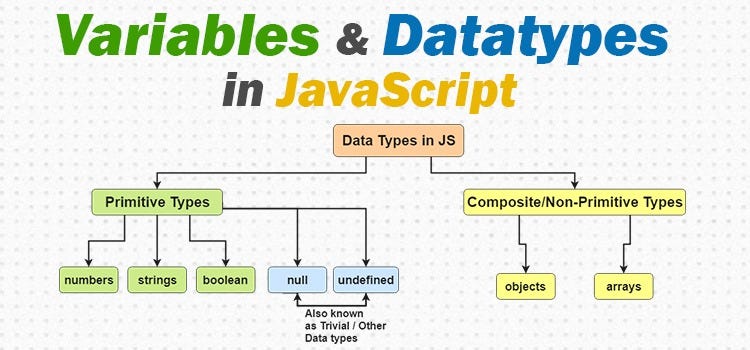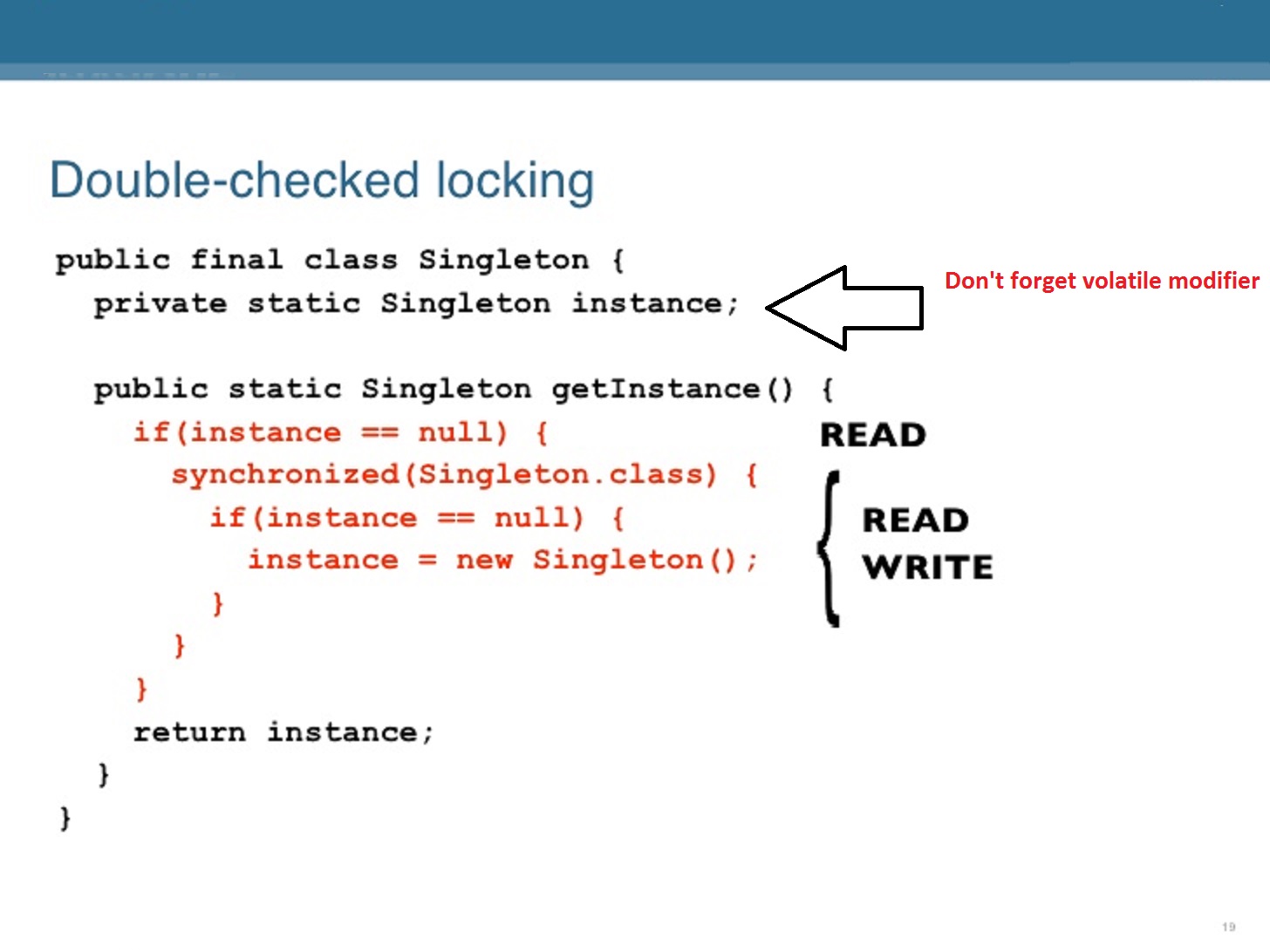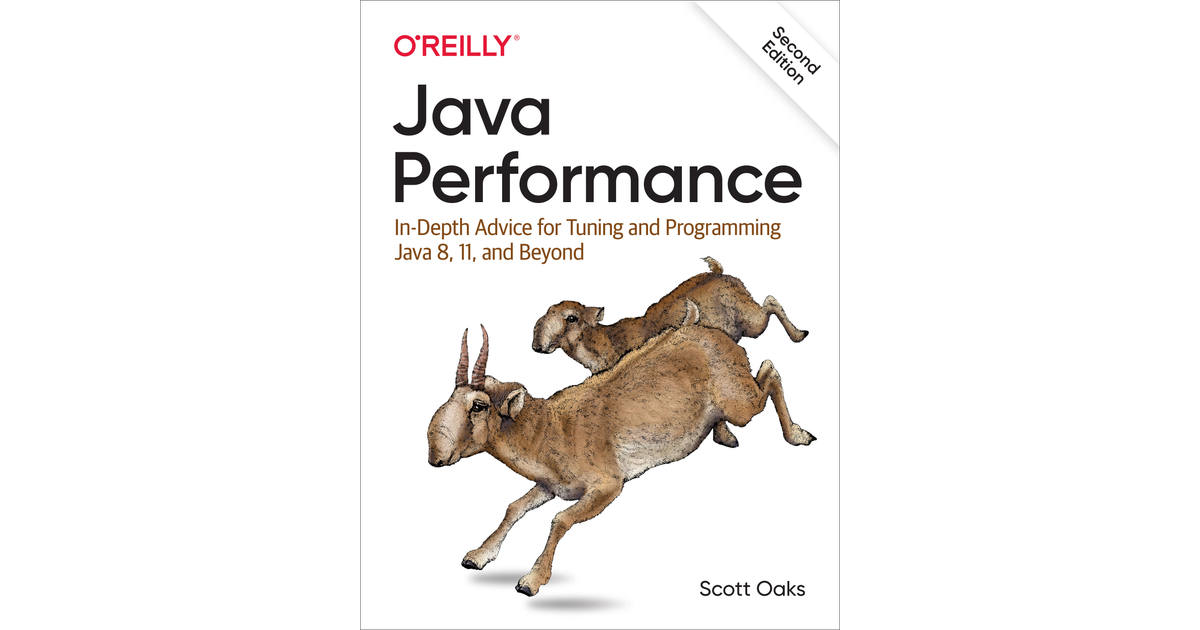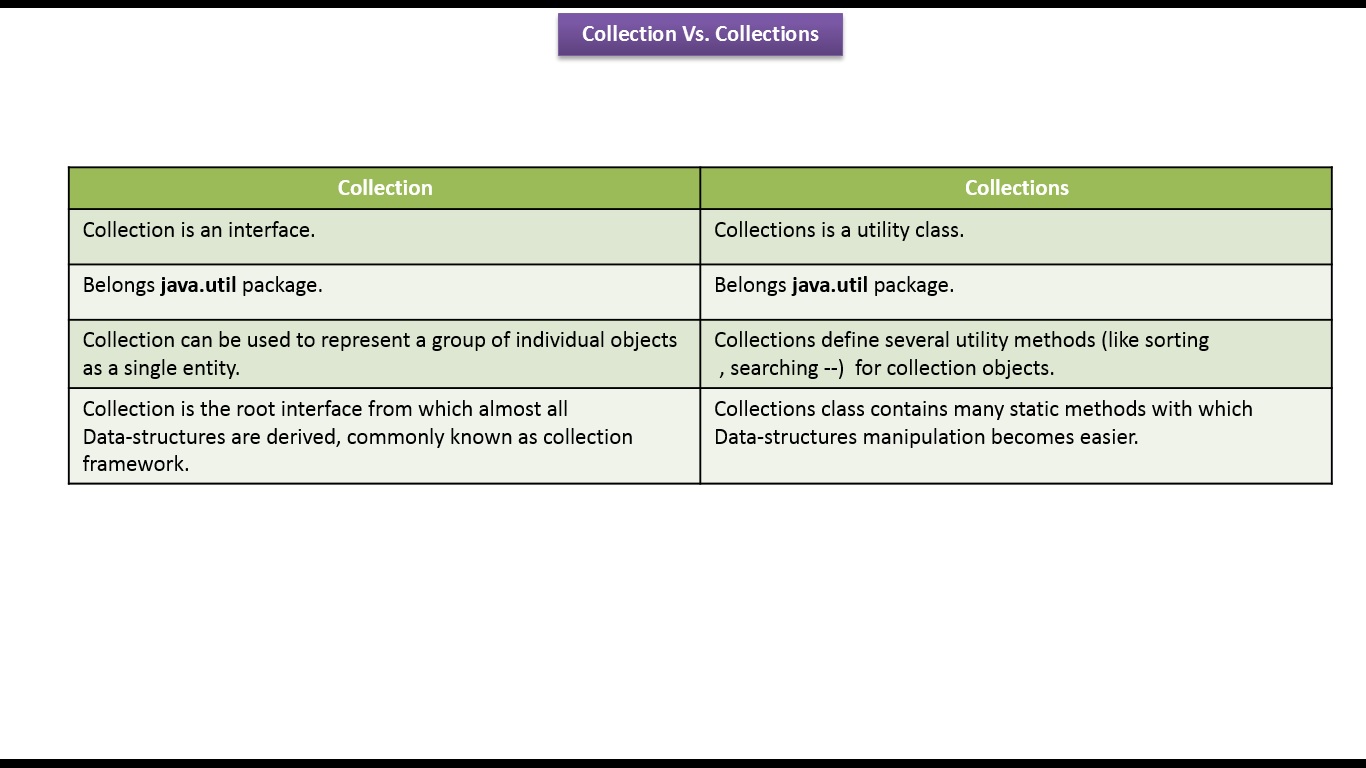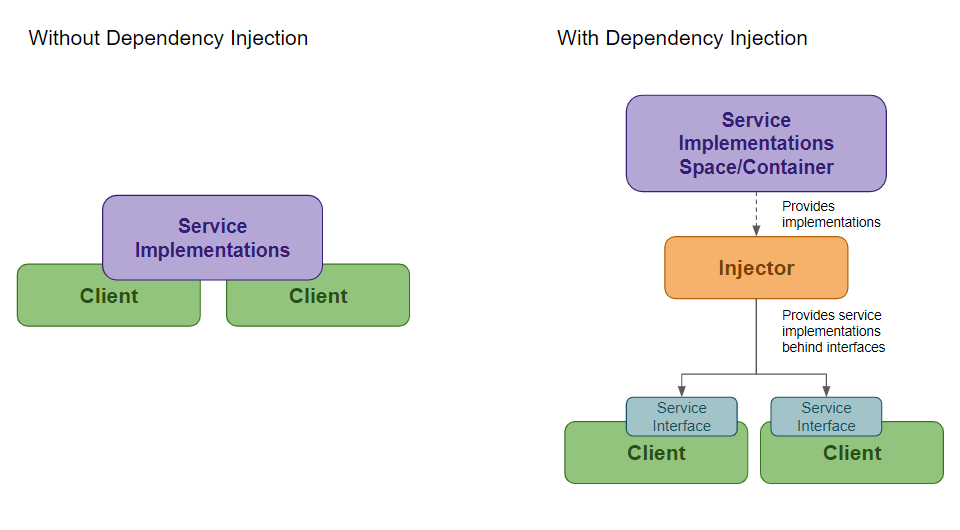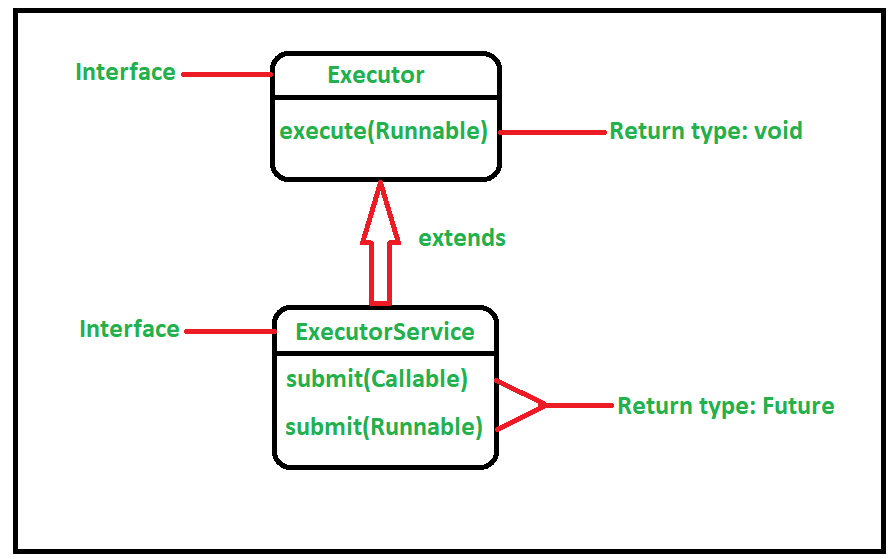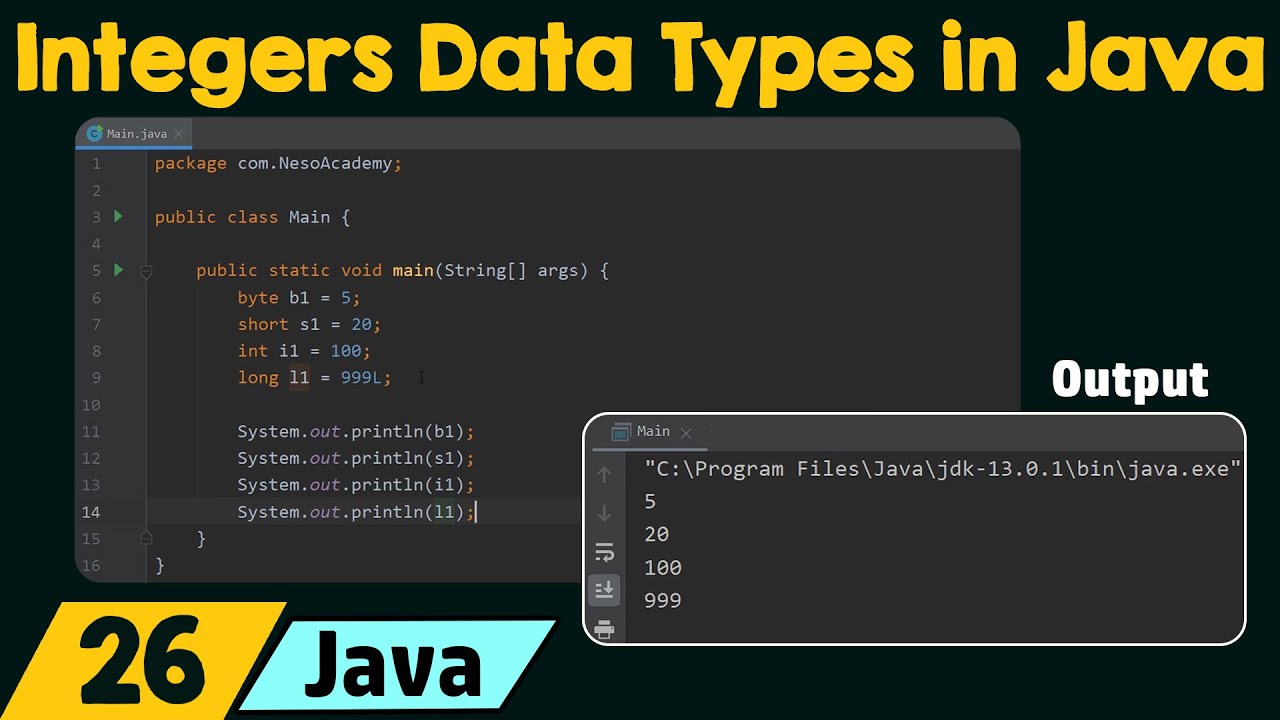Java Reflection get field type
Java Reflection get field type
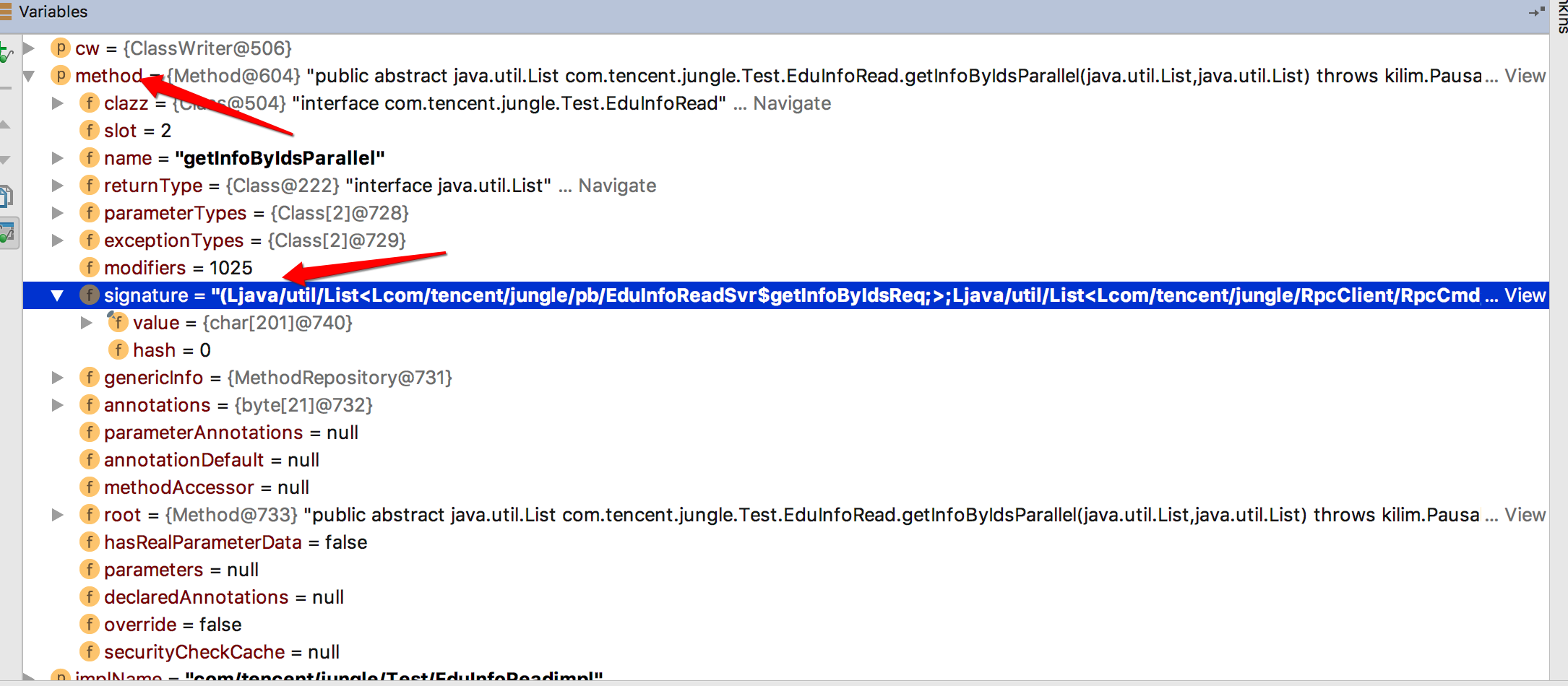
Java Reflection is a powerful tool that allows you to examine and modify the behavior of your application at runtime. One common use case for reflection is accessing the properties (fields) of an object.
To get the type of a field using Java Reflection, you can use the Field class in combination with the getType() method. Here's how you can do it:
// assume we have an object and its class
Object obj = new Object();
Class<?> clazz = obj.getClass();
// get all fields from the class
Field[] fields = clazz.getFields();
// loop through each field
for (Field field : fields) {
// get the type of the field
Type fieldType = field.getType();
// you can also get the type as a Class object if needed
Class fieldTypeClass = (Class) fieldType;
// do something with the field type
System.out.println("The type of the field " + field.getName() + " is " + fieldTypeClass.getName());
}
In this example, we first get all fields from an object's class using getFields(). Then, for each field, we get its type using getType(). The return value of getType() can be a Type or a Class depending on the complexity of the field. In case of primitive types (e.g., int), it will return a Class, while in case of complex types (e.g., List), it will return a ParameterizedType.
If you need to know whether the type is an array or not, you can use the following code:
if (fieldType instanceof Class[]) {
// this field is an array of the given class
} else if (fieldType.isArray()) {
// this field is an array (primitive type), its component type is fieldType
}
The getType() method returns the exact declared type for the field, which includes array types. The isAssignableFrom() method can be used to compare the type with other classes.
Note that if you're working with generics, the actual runtime type will be the erased type, not the declared one. This means that if a field is declared as Map<String, Integer>, its actual type at runtime will be Map and not Map<String, Integer>.
Here's how you can get the actual class of the field:
// assuming we have a ParameterizedType representing the type
ParameterizedType parameterizedType = (ParameterizedType) fieldType;
// get all types that make up this type
Type[] types = parameterizedType.getActualTypeArguments();
// loop through each type and print its name
for (Type type : types) {
System.out.println("The actual type argument is " + type.getTypeName());
}
In summary, the Field class in Java allows you to access the properties of an object at runtime. The getType() method can be used to determine the type of a field, which includes array types and complex types (like generic types).
Java reflection get all fields recursively
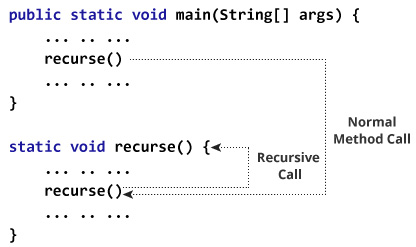
I apologize for any inconvenience caused by the previous rules. Here's a detailed explanation of how to use Java reflection to get all fields recursively:
In Java, the Reflection API (java.lang.reflect) is used to examine and modify the behavior of user-defined classes at runtime. One common use case is to iterate over all the fields of an object and its subclasses.
Here are a few approaches to achieve this using Java reflection:
Approach 1: Using Java's built-in methods
Java provides several built-in methods that can be used to iterate over all the fields of an object. These methods include:
Class.getDeclaredFields(): This method returns an array of Field objects representing all the fields declared by the class. Class.getSuperclass(): This method returns the superclass of the specified class.
Here's a simple example using these methods:
import java.lang.reflect.Field;
import java.lang.reflect.Method;
public class ReflectExample {
public static void main(String[] args) throws Exception {
Class<?> clazz = MyObject.class; // replace with your class
Field[] fields = clazz.getDeclaredFields();
for (Field field : fields) {
System.out.println(field.getName());
}
// Get the superclass
Class<?> superClass = clazz.getSuperclass();
while (superClass != null) {
// Iterate over all the fields of the superclass
fields = superClass.getDeclaredFields();
for (Field field : fields) {
System.out.println(field.getName());
}
superClass = superClass.getSuperclass();
}
}
}
This approach is straightforward and works well for simple cases. However, it has limitations:
It only iterates over the immediate superclass. If you have nested classes or anonymous inner classes, this approach won't work.Approach 2: Using recursive method
To overcome these limitations, we can use a recursive method to iterate over all the fields of an object and its subclasses. Here's an example:
import java.lang.reflect.Field;
import java.lang.reflect.Method;
public class ReflectExample {
public static void main(String[] args) throws Exception {
Class<?> clazz = MyObject.class; // replace with your class
recursiveGetFields(clazz);
}
private static void recursiveGetFields(Class<?> clazz) throws Exception {
Field[] fields = clazz.getDeclaredFields();
for (Field field : fields) {
System.out.println(field.getName());
}
Class<?> superClass = clazz.getSuperclass();
if (superClass != null) {
recursiveGetFields(superClass);
}
}
}
This approach is more flexible and can handle nested classes or anonymous inner classes. However, it's important to note that this method may cause a stack overflow error if the class hierarchy is very deep.
Conclusion
In conclusion, both approaches have their limitations and are suitable for different use cases. The first approach is simple but only works for immediate subclasses, while the second approach is more flexible but may cause a stack overflow error. When choosing an approach, consider the complexity of your class hierarchy and whether you need to handle nested classes or anonymous inner classes.
References
Oracle's Java API documentation: java.lang.reflect.Field Oracle's Java API documentation: java.lang.reflect.Method
